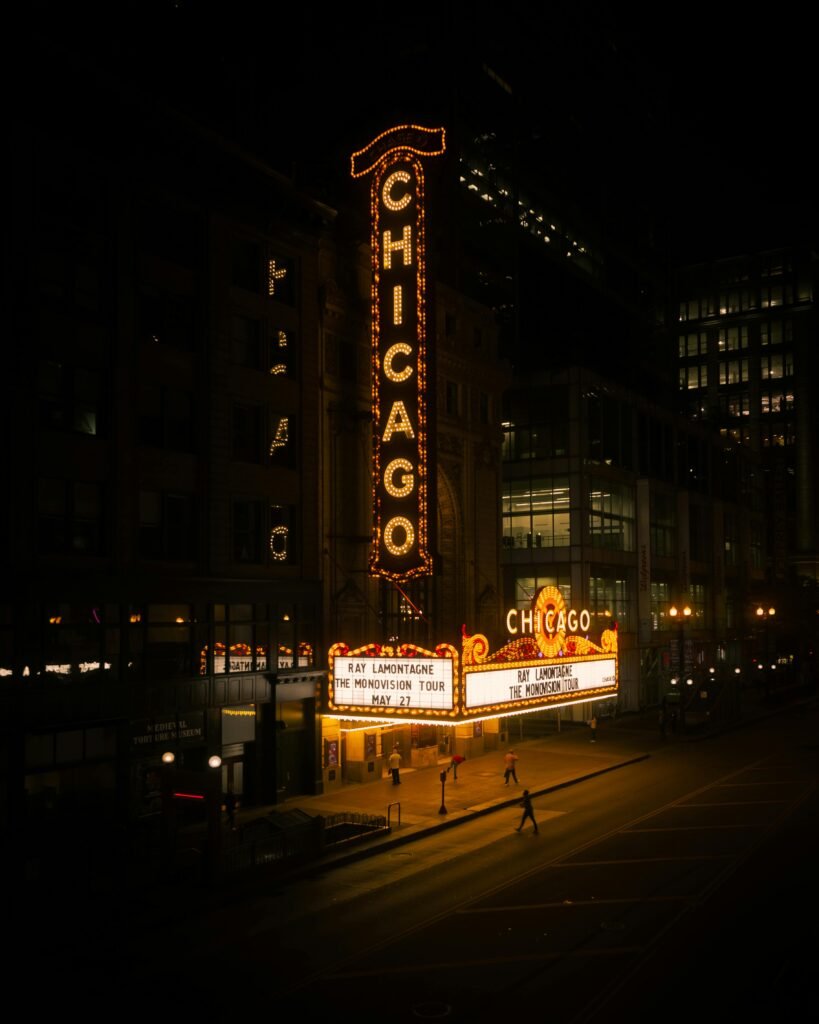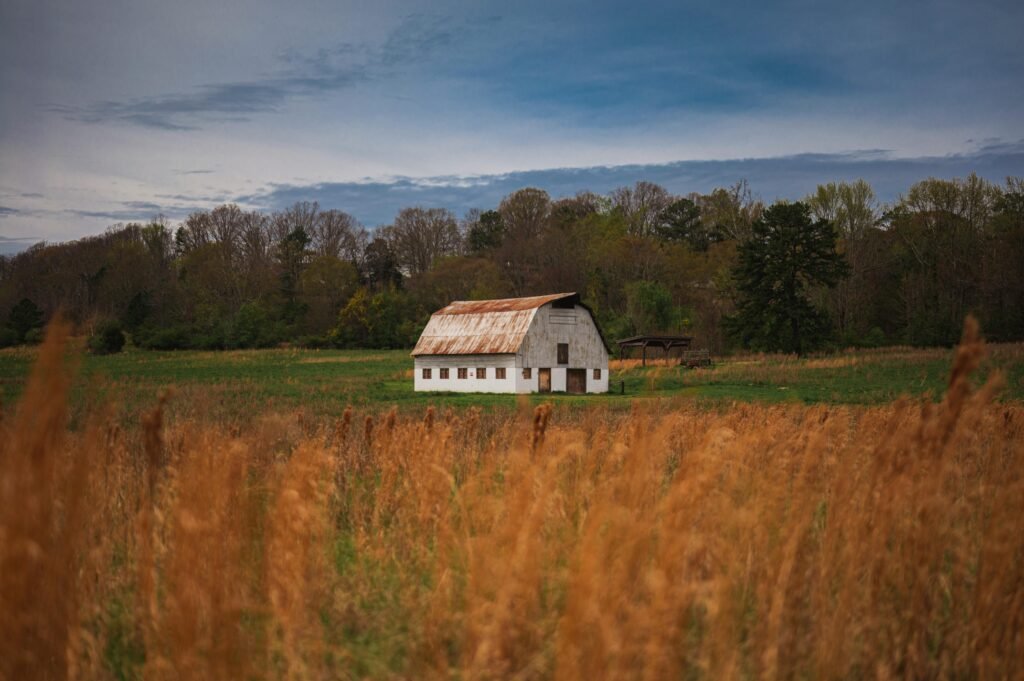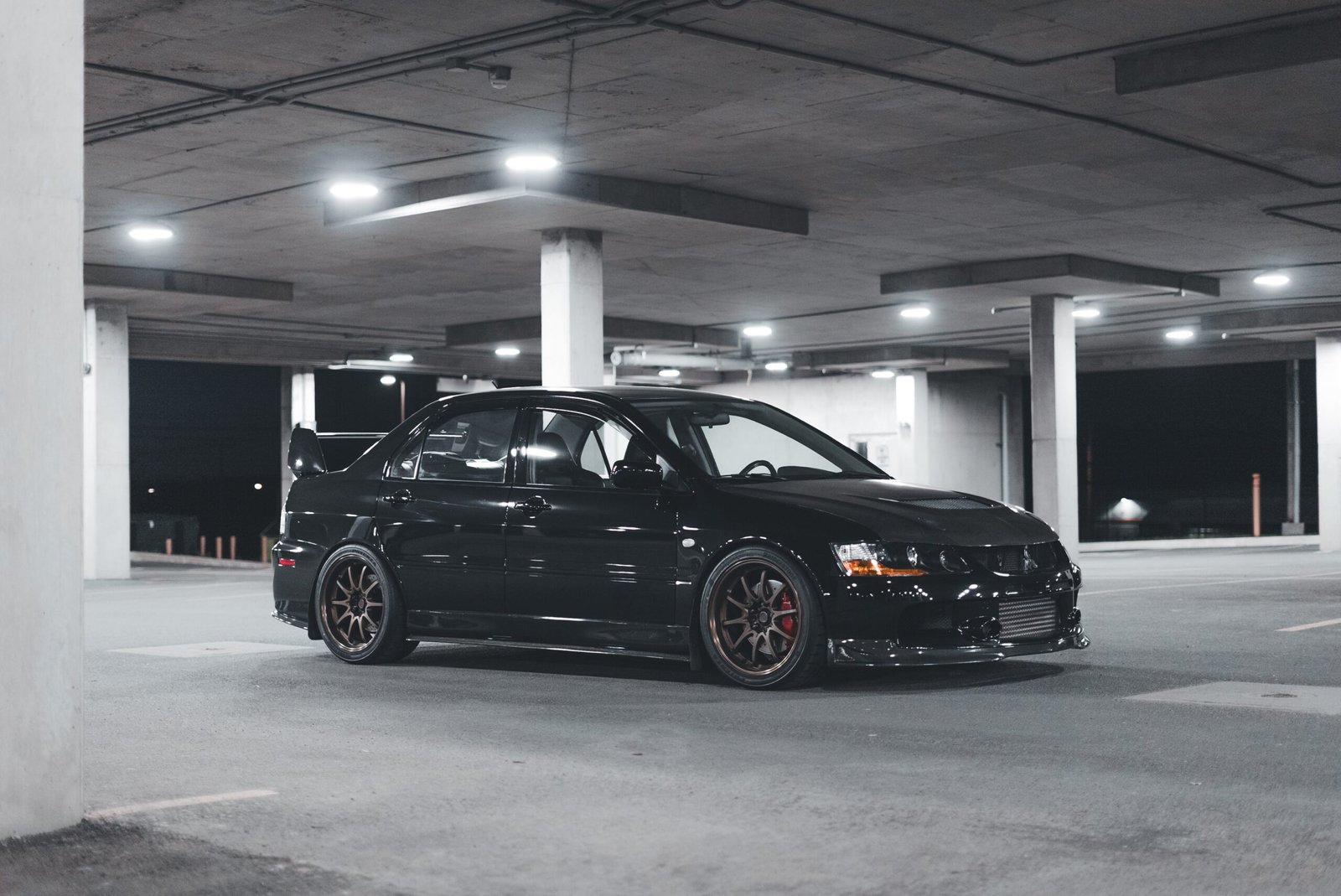You’re about to discover the secrets to maximizing the illumination in your barn with some tried and true best practices. Whether you’re a farmer looking to improve visibility for your livestock or an enthusiast seeking a more efficient and well-lit space, this article will provide you with valuable insights and practical tips. Get ready to transform your barn into an illuminated haven that’s both functional and visually appealing.
Choosing the Right Lighting Fixtures
Lighting fixtures play a crucial role in illuminating your barn and ensuring a safe and visually appealing environment. When choosing the right lighting fixtures for your barn, it’s important to consider the barn’s purpose and specific lighting requirements.
Consider the Barn’s Purpose
The first step in choosing the right lighting fixtures is to consider the purpose of your barn. Is it a working barn where animals are kept and activities are carried out, or is it a storage barn where items are stored? Different purposes may require different lighting levels and types.
For a working barn, you’ll need bright, evenly distributed lighting to ensure safety and productivity. In a storage barn, you may need slightly lower lighting levels but still with adequate coverage to prevent accidents and enable easy navigation.
Evaluate Different Types of Lighting
Once you’ve identified the purpose of your barn, it’s time to evaluate different types of lighting. There are various types of lighting fixtures available, including LED, fluorescent, incandescent, and HID (high-intensity discharge) lighting.
LED lighting is one popular option as it provides energy efficiency, long lifespan, and versatility. Fluorescent lighting is another viable option, offering high light output and cost-effectiveness. Incandescent lighting is less energy-efficient but can provide a warm, cozy glow if aesthetics are important to you. HID lighting, although powerful, may be more suitable for larger barns or outdoor areas.
Consider the pros and cons of each lighting type, as well as factors such as maintenance requirements, cost, and energy efficiency, to make an informed decision.
Assess the Lighting Needs
To determine the appropriate lighting needs for your barn, consider the activities that will take place inside. Are you primarily working during the day, or will you require lighting for nighttime tasks as well? Assessing the lighting needs will help you determine the necessary light levels, as well as the placement and spacing of fixtures.
In addition to the general lighting needs, also consider areas that may require task lighting, such as workstations or specific animal enclosures. Understanding the specific areas that need additional lighting will help you create a well-rounded lighting plan for your barn.
Optimizing Natural Light
In addition to artificial lighting, maximizing natural light in your barn can bring numerous benefits, including energy savings and a more pleasant atmosphere. Here are some strategies to optimize natural light in your barn.
Positioning Windows Strategically
When designing or renovating your barn, strategically positioning windows can have a significant impact on natural light. Place windows to take advantage of the barn’s orientation and the path of the sun throughout the day.
Southern-facing windows tend to receive the most sunlight, while eastern-facing windows provide gentle morning light. West-facing windows can offer warm afternoon light, but beware of excessive heat gain during hot summers. Properly placed windows will allow natural light to flood your barn during the day, reducing the need for artificial lighting.
Utilizing Skylights and Clerestory Windows
Skylights and clerestory windows are excellent additions to any barn, enabling natural light to penetrate deeper into the space. Skylights are windows installed in the roof, while clerestory windows are high windows placed along the upper walls near the ceiling.
By incorporating skylights and clerestory windows, you can introduce natural light into the upper areas of your barn, reducing the reliance on artificial lighting. However, it’s important to ensure proper insulation and UV protection with skylights to prevent excessive heat gain or damage to stored items.
Using Light Tubes or Light Wells
If the positioning of windows or skylights is limited, light tubes or light wells can be viable alternatives. Light tubes, also known as sun tunnels, are tubular devices that capture sunlight and carry it through reflective tubes into the interior space. Light wells, on the other hand, are reflective shafts that bring natural light from above ground into a below-ground barn or cellar.
Light tubes and light wells can be effective solutions for introducing natural light into areas that are more challenging to reach with traditional windows or skylights. These options require proper installation and maintenance to ensure optimal performance and light distribution.

This image is property of images.pexels.com.
Understanding Light Distribution
To create a well-lit and visually appealing barn, it’s essential to understand light distribution and implement a balanced lighting design. Here are some key factors to consider.
Implementing a Balanced Lighting Design
A balanced lighting design involves considering both the quantity and quality of light in your barn. Achieve a balance by providing sufficient illumination without overexposing certain areas or creating cumbersome shadows.
Strategically position lighting fixtures to evenly distribute light throughout the barn. Avoid placing fixtures too close to walls or at a single end of the barn, as this can result in uneven lighting. Balancing the lighting design will ensure a comfortable and productive environment.
Avoiding Shadows
Shadows can create safety hazards and make it difficult to navigate your barn. To minimize shadows, choose fixtures that provide wide or diffused light distribution rather than concentrated beams. By spreading the light over a larger area, you can effectively reduce the occurrence and severity of shadows.
Consider the placement and angle of fixtures to minimize shadows and ensure comprehensive coverage. For areas where shadows are unavoidable, such as corners or deep alcoves, consider incorporating additional task lighting to eliminate potential hazards.
Ensuring Uniform Illumination
Uniform illumination is crucial for maintaining a visually appealing and comfortable barn. To achieve uniformity, ensure that lighting fixtures are evenly spaced and provide consistent coverage. Evaluate the light levels across the space by using a light meter or seeking professional guidance.
If you notice areas with inadequate lighting, adjust the placement or add supplementary fixtures to improve coverage. Uniform illumination not only enhances productivity and safety but also contributes to a more aesthetically pleasing barn environment.
Considering Lighting Controls
Implementing lighting controls in your barn can provide convenience, energy savings, and enhanced customization. Here are some options to consider when it comes to lighting controls.
Installing Dimmers
Installing dimmer switches allows you to adjust the brightness of your lighting fixtures, giving you control over the ambiance and energy consumption. Dimmers are particularly useful in areas where different lighting levels are desired, such as relaxation areas or offices within the barn.
Dimmers can also help extend the lifespan of your bulbs by reducing the intensity of light, resulting in lower operating costs and less frequent bulb replacement.
Automating Lighting Systems
Automated lighting systems enable you to program lighting schedules and settings, providing added convenience and energy efficiency. Timers can be used to turn lights on and off at specific times, ensuring that your barn is well-lit when needed while conserving energy during periods of low activity.
Consider integrating sensors that detect occupancy or daylight levels. These sensors can automatically adjust the lighting accordingly, ensuring optimal lighting levels while minimizing energy waste.
Using Motion Sensors
Motion sensors can be a valuable addition to your barn lighting system, especially in areas with infrequent or temporary use. By installing motion sensors, lights can automatically turn on when someone enters the area and turn off when the space is vacant.
Motion sensors can help conserve energy by ensuring lights are only on when needed, making them ideal for storage areas, entryways, or rooms that are rarely used.

This image is property of images.pexels.com.
Maintaining Proper Light Levels
To ensure the longevity and optimal performance of your lighting fixtures, as well as the safety of your barn, it’s important to maintain proper light levels. Here are some essential considerations.
Choosing the Right Bulb Wattage
When selecting bulbs for your barn lighting, consider the appropriate wattage for each fixture. Using bulbs with wattage that is too high can result in excessive heat output, increased energy consumption, and potential damage to the fixture. Conversely, using bulbs with wattage that is too low may result in inadequate lighting levels.
Refer to the fixture’s specifications or seek professional advice to determine the appropriate wattage for optimal performance and energy efficiency.
Regularly Cleaning and Replacing Bulbs
Regularly cleaning and replacing bulbs is essential for maintaining proper light levels in your barn. Dust, debris, and dirt can accumulate on the surface of bulbs, reducing their light output and creating a dimmer environment.
Develop a maintenance schedule to clean bulbs and fixtures regularly. Additionally, replace bulbs promptly when they burn out to ensure consistent illumination. Regular bulb maintenance not only enhances light quality but also improves energy efficiency.
Monitoring Light Levels
Periodically monitoring light levels in your barn is crucial to ensure that the lighting remains effective and meets your needs. Use a light meter or consult with a professional to measure and assess the light levels across various areas of the barn.
If you notice significant variations or areas with insufficient lighting, consider adjusting the placement or adding additional fixtures to rectify the issue. Regular monitoring allows you to address any lighting deficiencies promptly, contributing to a safe and well-lit barn.
Reducing Glare and Harsh Shadows
Glare and harsh shadows can create discomfort and safety hazards in your barn. Implementing appropriate measures to reduce glare and shadows will enhance the overall lighting experience. Consider the following strategies.
Using Diffusers or Reflectors
To minimize glare and distribute light more evenly, consider using diffusers or reflectors with your lighting fixtures. Diffusers soften the light, reducing harsh contrasts and preventing direct glare. Reflectors can redirect light, helping to eliminate shadows and create a more uniformly lit space.
Install diffusers or reflectors where necessary, such as above workstations or in areas with high reflectivity surfaces, to optimize light distribution and minimize discomfort caused by excessive glare.
Placing Lights Strategically
Strategic placement of lights can help minimize shadows and create a well-balanced lighting environment. Evaluate the various areas in your barn and determine the best angles and positions for optimal illumination.
Consider placing lights at different heights and angles to ensure comprehensive coverage and minimize the formation of long shadows. A well-thought-out lighting layout will greatly contribute to a visually pleasing and comfortable barn space.
Opting for Adjustable Fixtures
Adjustable lighting fixtures provide flexibility in directing light where it’s needed and reducing the appearance of shadows. Track lighting or fixtures with adjustable heads allow you to customize the angle and distribution of light.
By opting for adjustable fixtures, you can adapt the lighting according to specific activities or changing needs, providing better control over glare and shadow reduction.

This image is property of images.pexels.com.
Enhancing Energy Efficiency
Improving energy efficiency in your barn can save you money and reduce your environmental footprint. Lighting plays a significant role in energy consumption. Consider the following strategies to enhance energy efficiency.
Switching to LED Lighting
LED lighting is known for its energy efficiency, longevity, and versatility. LED bulbs use significantly less energy than traditional incandescent bulbs, resulting in substantial cost savings and reduced electricity consumption.
Consider replacing your existing lighting fixtures with energy-efficient LED alternatives. LED technology has evolved, offering a range of color temperatures, dimmable options, and improved light output to suit various barn lighting needs.
Using Timers or Sensors to Manage Energy
By implementing timers or sensors in your lighting system, you can effectively manage energy consumption. Timers allow you to schedule lighting control, ensuring that lights are only on when needed. This feature is particularly beneficial in areas with predictable usage patterns, such as work hours or specific activities.
Similarly, occupancy sensors can detect movement and automatically turn lights on or off. This prevents lights from being left on in unoccupied areas and helps conserve energy. Combining timers and sensors in your lighting controls creates an efficient system that optimizes energy usage while maintaining appropriate lighting levels.
Implementing Energy-saving Design Techniques
In addition to selecting energy-efficient lighting fixtures, you can incorporate energy-saving design techniques to reduce overall energy consumption. Utilize natural lighting strategies, such as maximizing the use of daylight and utilizing light tubes, to minimize reliance on artificial lighting.
Proper insulation and sealants can also contribute to energy savings by reducing heat loss during colder months and minimizing heat gain during hotter months. By implementing these design techniques, you can enhance energy efficiency and create a more environmentally friendly barn.
Ensuring Proper Wiring and Electrical Safety
Proper wiring and electrical safety are paramount to maintain a safe and functional barn environment. Consult with a licensed electrician and consider the following aspects to ensure electrical safety.
Consulting with a Licensed Electrician
When it comes to electrical installations and modifications, it’s crucial to consult with a licensed electrician who has experience with barns. They can assess your electrical needs, ensure compliance with local electrical codes, and provide professional guidance throughout the process.
A licensed electrician will help you determine the appropriate wiring, circuits, and electrical components required to power your lighting fixtures safely. Don’t compromise on electrical safety when it comes to your barn.
Using Properly Rated Wiring and Circuits
To prevent electrical hazards and maintain optimal performance, it’s essential to use properly rated wiring and circuits. Consider the power requirements of your lighting fixtures and choose wiring and circuits that can handle the load.
Using undersized or inadequate wiring can lead to overheating and potential electrical failures. Ensure that the wiring and circuits are suitable for the voltage and current demands of your barn lighting system, prioritizing safety above all else.
Implementing Safety Measures
Implementing safety measures is crucial to mitigate the risk of electrical accidents in your barn. Install appropriate circuit protection devices, such as circuit breakers or fuses, to prevent overloading and electrical fires.
Consider incorporating ground fault circuit interrupters (GFCIs) in areas where moisture and potential shock hazards exist, such as wash areas or outdoor lighting. GFCIs monitor the flow of electricity and can quickly disconnect power in the event of a ground fault, protecting against electrocution.
In addition, ensure all electrical connections are properly insulated and secured to prevent accidental contact or damage. Regularly inspect and maintain your electrical system to identify potential issues early and address them promptly.
Considering Emergency Lighting Options
In case of power outages or emergency situations, it’s crucial to have appropriate emergency lighting options in your barn. Here are some options to consider.
Installing Backup Generators
Installing a backup generator is an effective solution to ensure continuous lighting during power outages. A generator can provide temporary power to essential lighting fixtures, allowing you to navigate and carry out necessary tasks in your barn.
Consult with an electrician to determine the appropriate generator size and capacity based on your specific lighting needs. Proper installation and regular maintenance are vital to ensure the generator functions reliably when needed.
Utilizing Battery-powered Emergency Lights
Battery-powered emergency lights are an essential addition to your barn’s emergency preparedness. These lights are equipped with backup batteries that automatically activate when the power goes out. They provide ample illumination to guide you and others safely through the barn during emergencies.
Consider placing battery-powered emergency lights in key areas, such as main entrances, hallways, and stairwells. Regularly test and maintain these lights to ensure they are operational when emergencies arise.
Designing Evacuation Lighting Plans
In situations where you need to evacuate your barn, having a well-designed evacuation lighting plan is crucial. Incorporate clearly marked exit signs and emergency lighting that illuminates evacuation routes.
Ensure that the lighting fixtures used for evacuation purposes are reliable and have independent power sources, such as battery backup or emergency generators. Regularly review and update your evacuation lighting plan to adapt to changes in the barn’s layout or occupancy.
Regular Maintenance and Inspection
To ensure the ongoing safety and functionality of your barn lighting system, regular maintenance and inspection are essential. Create a maintenance schedule and consider the following practices.
Creating a Maintenance Schedule
A maintenance schedule helps you stay on top of routine tasks and ensures that your barn lighting system operates optimally. Regularly clean the fixtures and bulbs to remove dust and debris that can reduce light output.
Inspect wiring, connections, and electrical components periodically to identify any signs of wear, damage, or corrosion. Promptly address any issues you discover to prevent safety hazards or deterioration of lighting performance.
Inspecting Wiring and Electrical Components
Regularly inspecting the wiring and electrical components of your barn lighting system is vital to detect potential electrical hazards and ensure reliable operation. Look for signs of frayed or damaged wiring, loose connections, or overheating.
Check that fixtures, switches, and control panels are functioning properly. If you notice any abnormalities, consult with an electrician to address the issue promptly and ensure the electrical safety of your barn.
Ensuring Compliance with Safety Standards
Adhering to safety standards is crucial in maintaining a safe and legally compliant barn environment. Regularly review and update your barn’s lighting system to ensure it meets the latest electrical codes and regulations.
Consult with a licensed electrician or electrical inspector to confirm compliance and make any necessary adjustments. By ensuring compliance with safety standards, you can protect your barn, its occupants, and your investment in the lighting system.
In conclusion, choosing the right lighting fixtures, optimizing natural light, understanding light distribution, considering lighting controls, maintaining proper light levels, reducing glare and shadows, enhancing energy efficiency, ensuring proper wiring and electrical safety, considering emergency lighting options, and regular maintenance and inspection are essential aspects of maximizing barn illumination. By following best practices and implementing these strategies, you can create a safe, visually appealing, and energy-efficient lighting environment in your barn.



